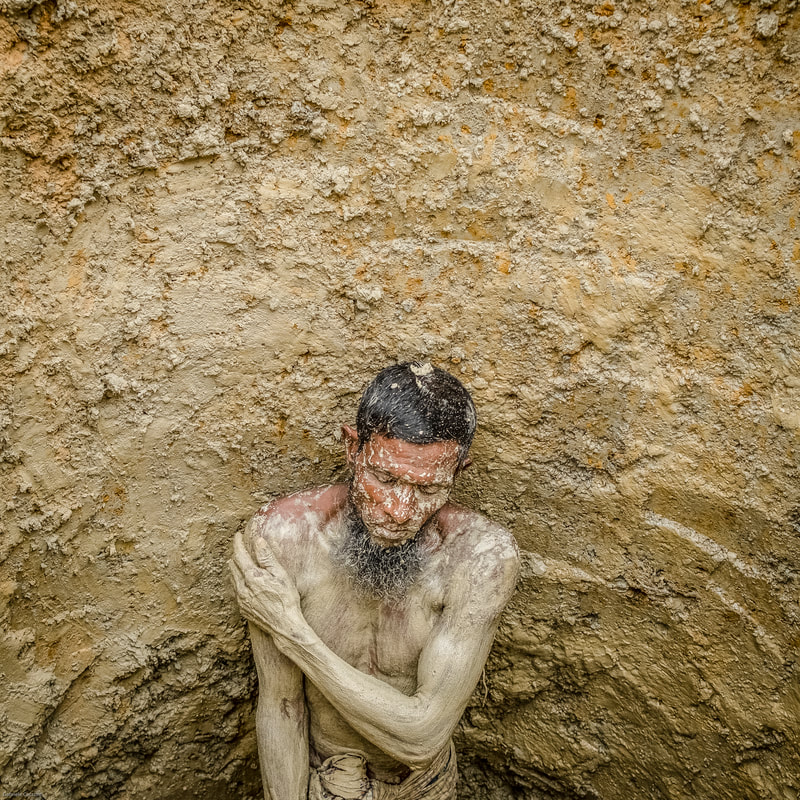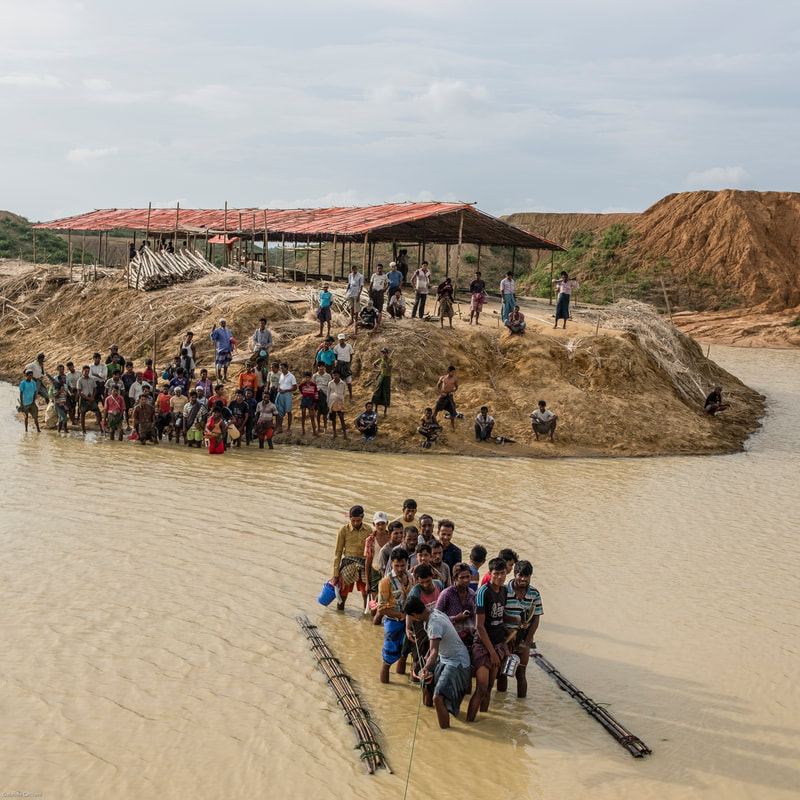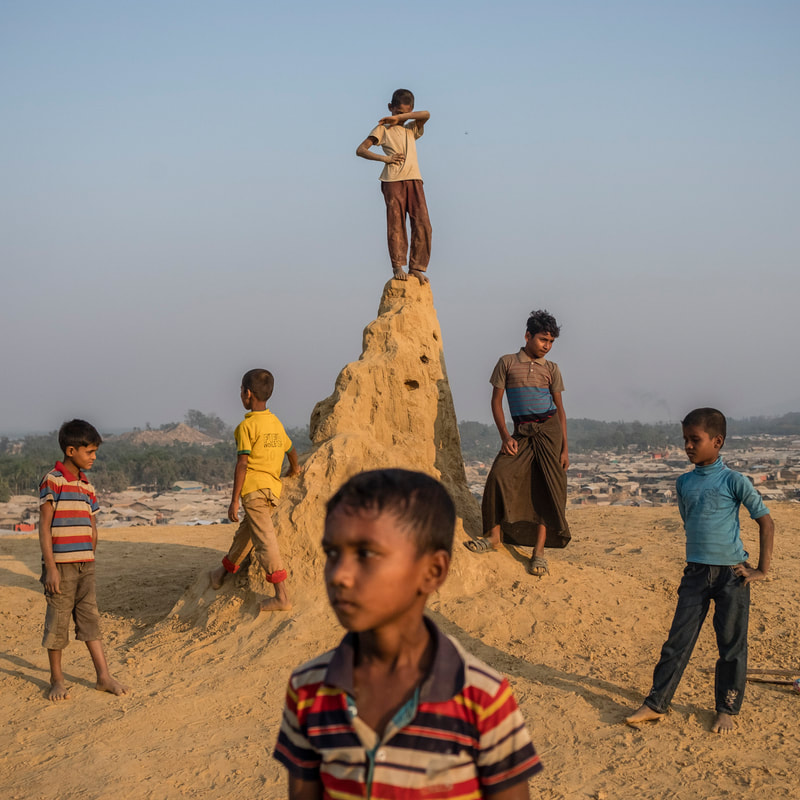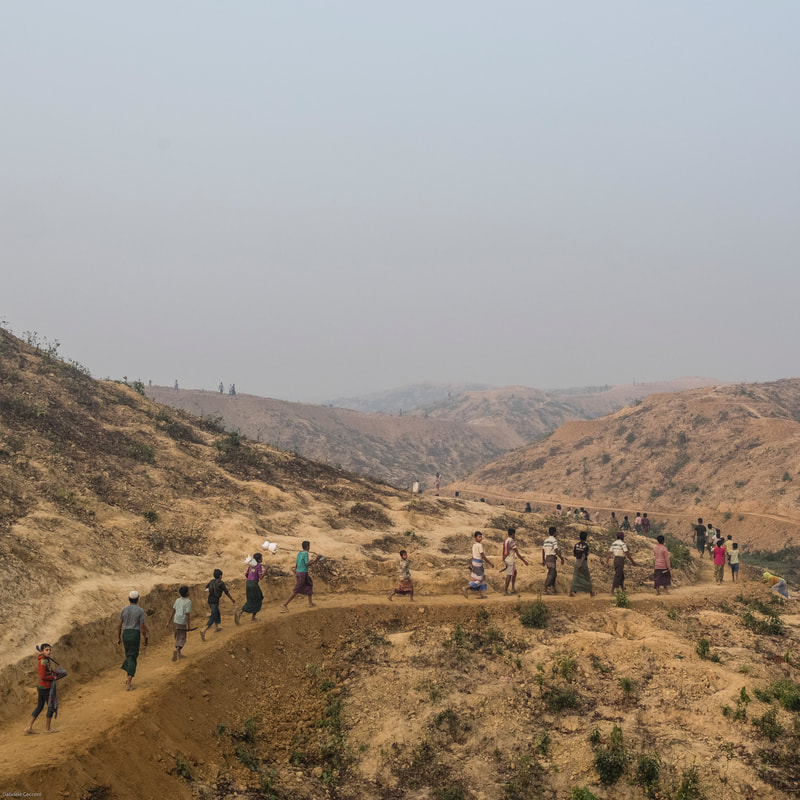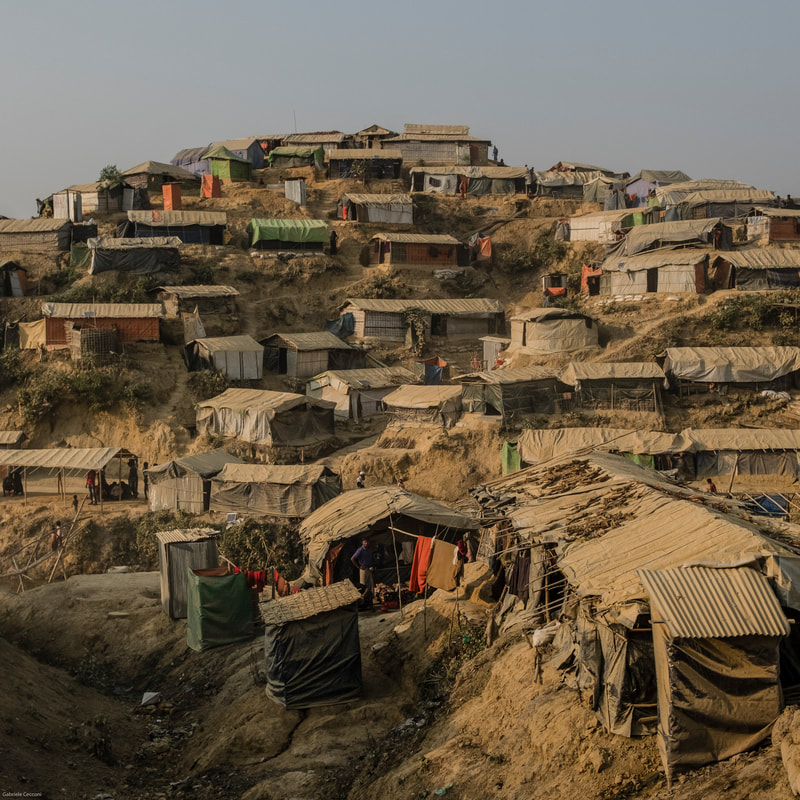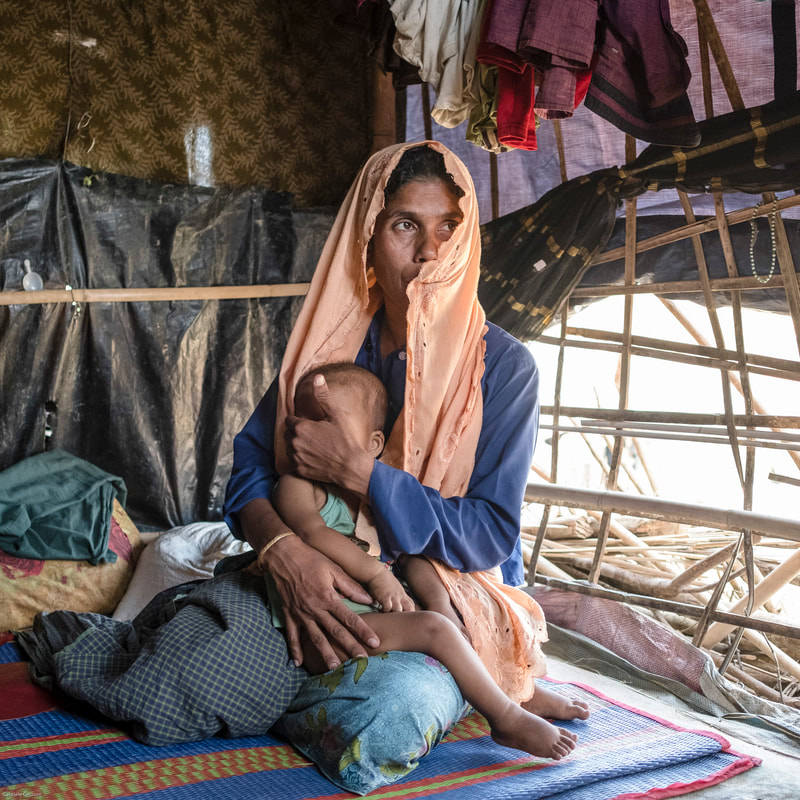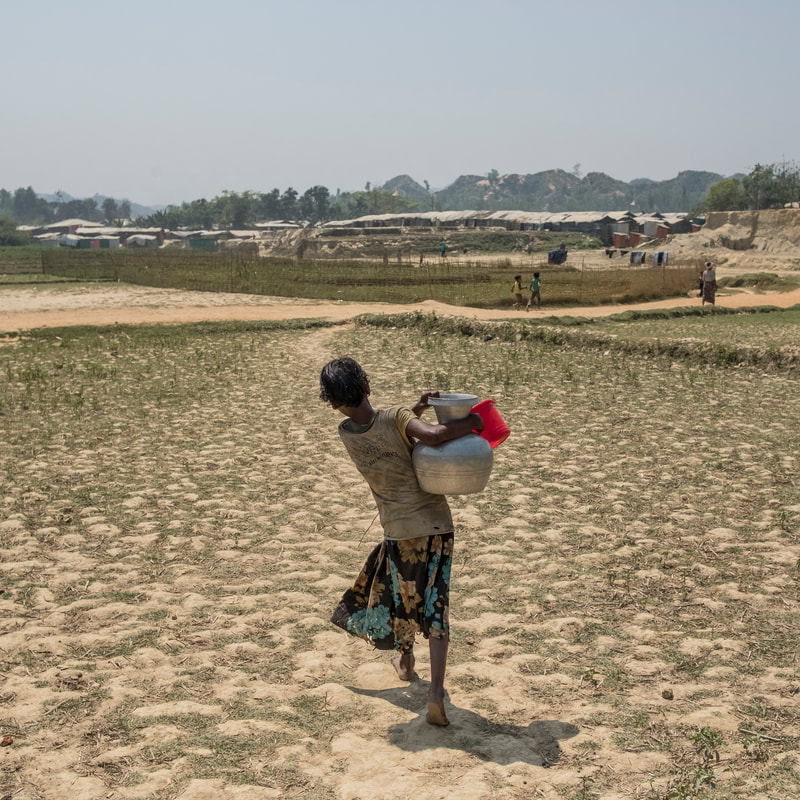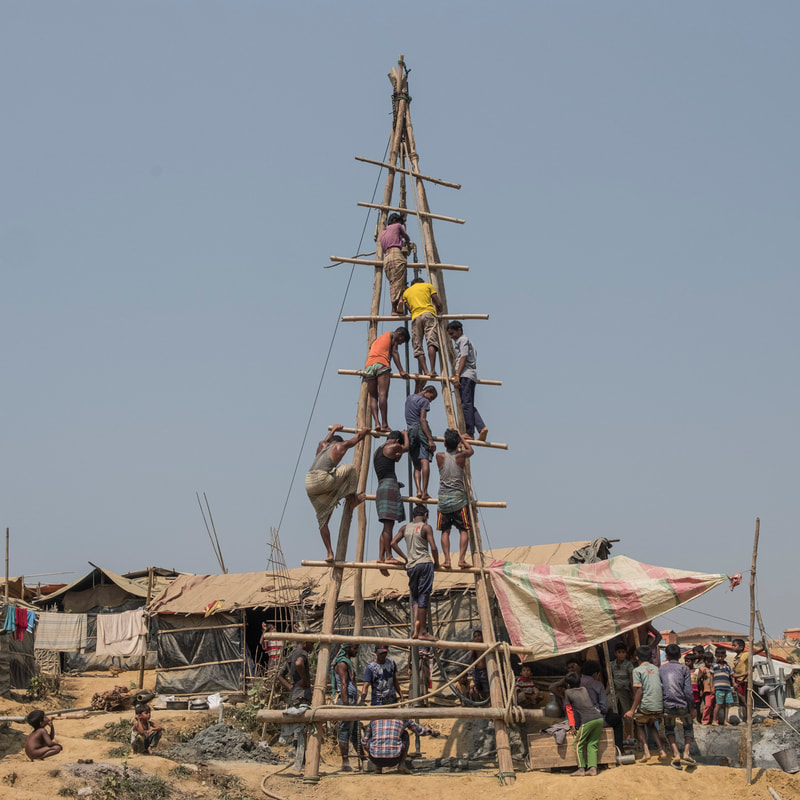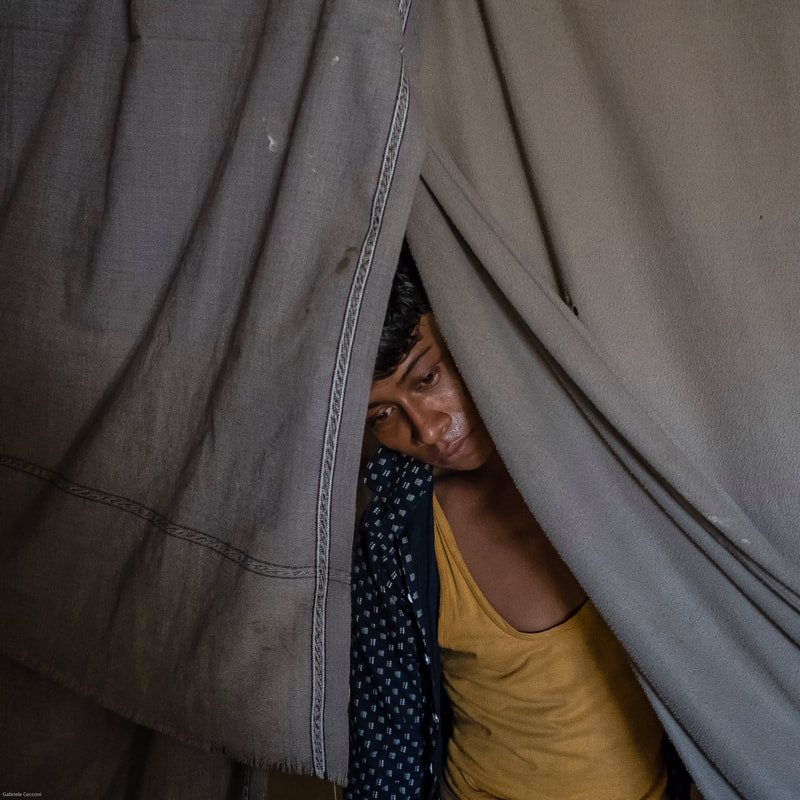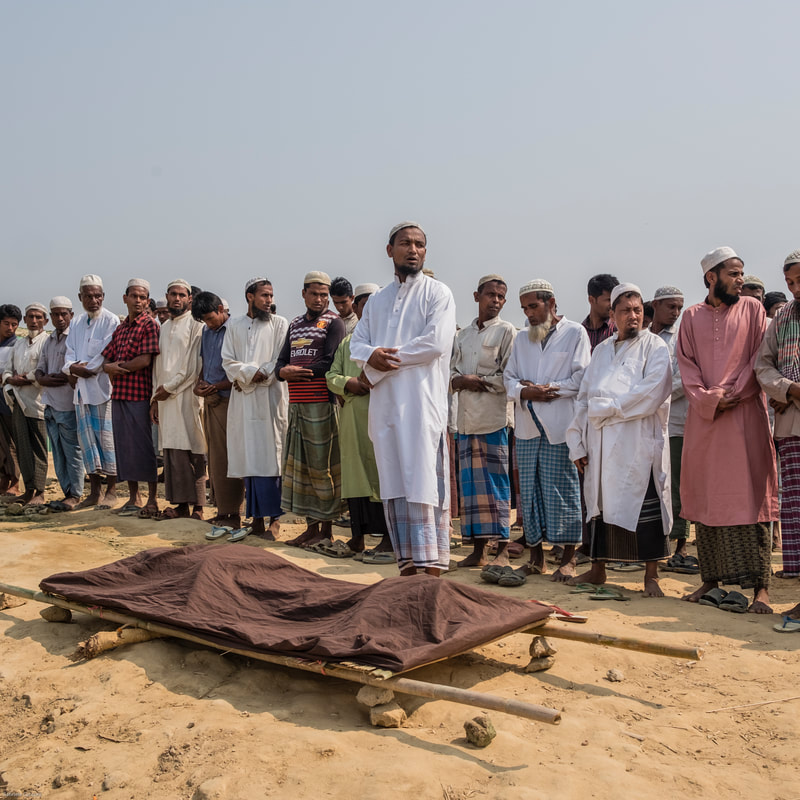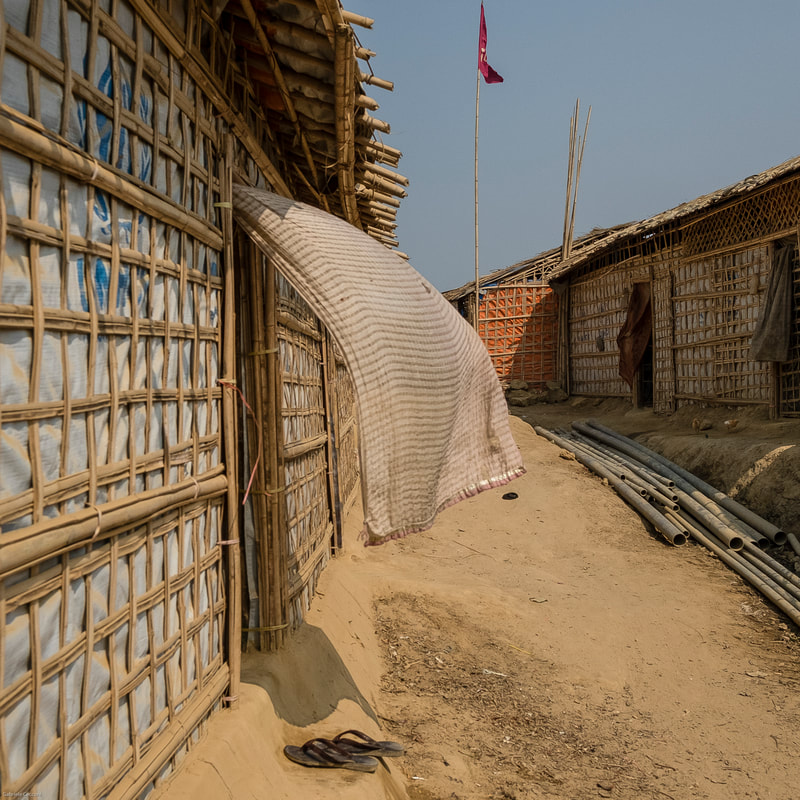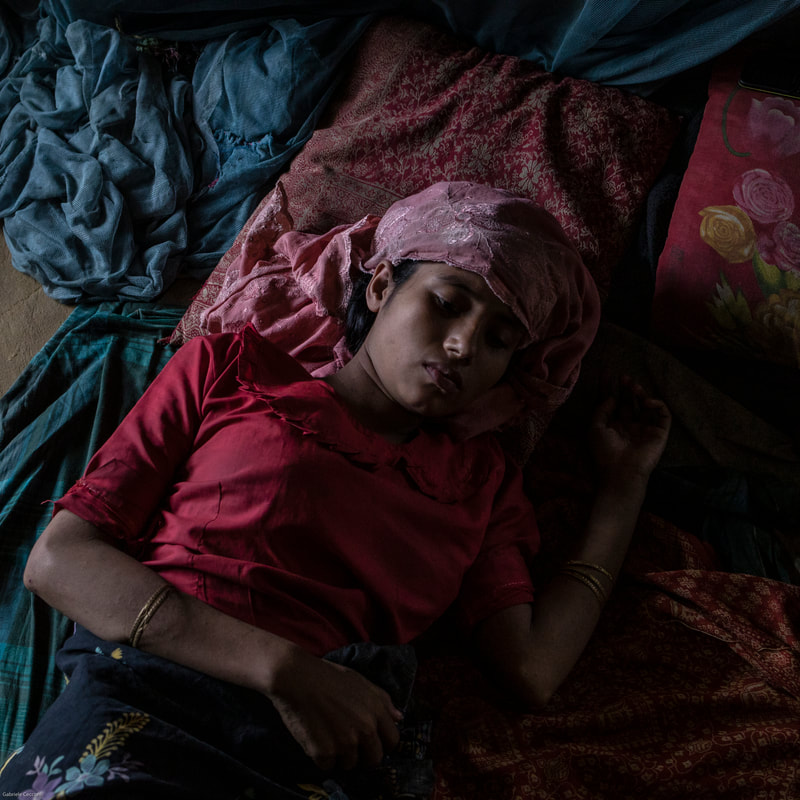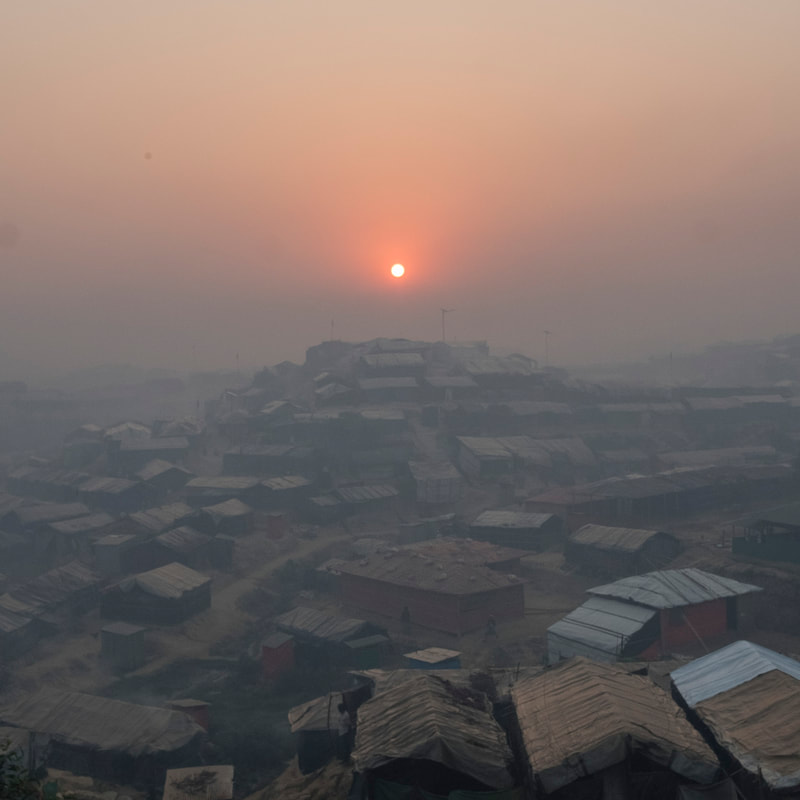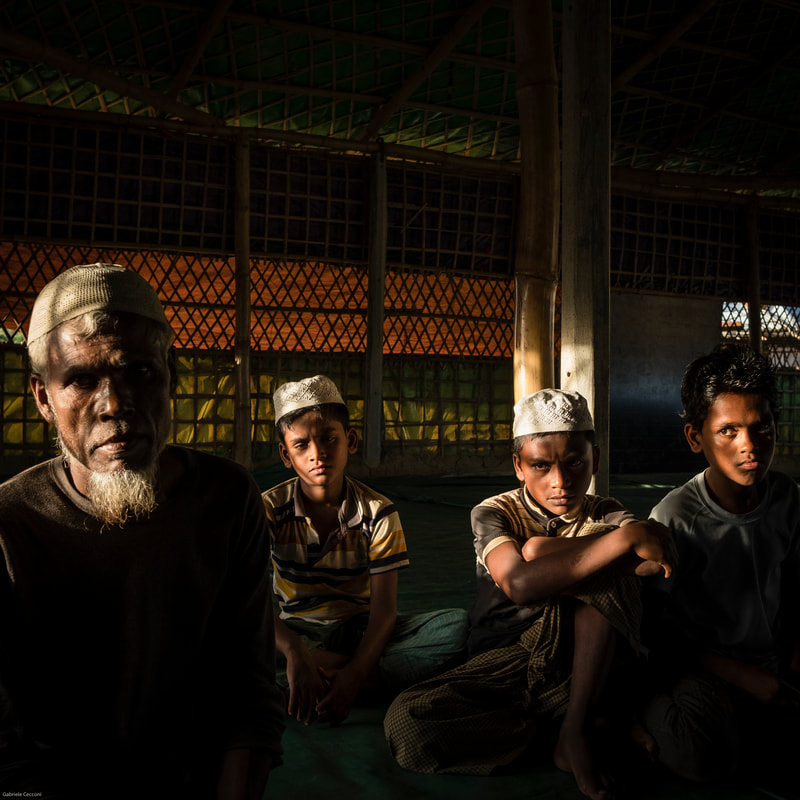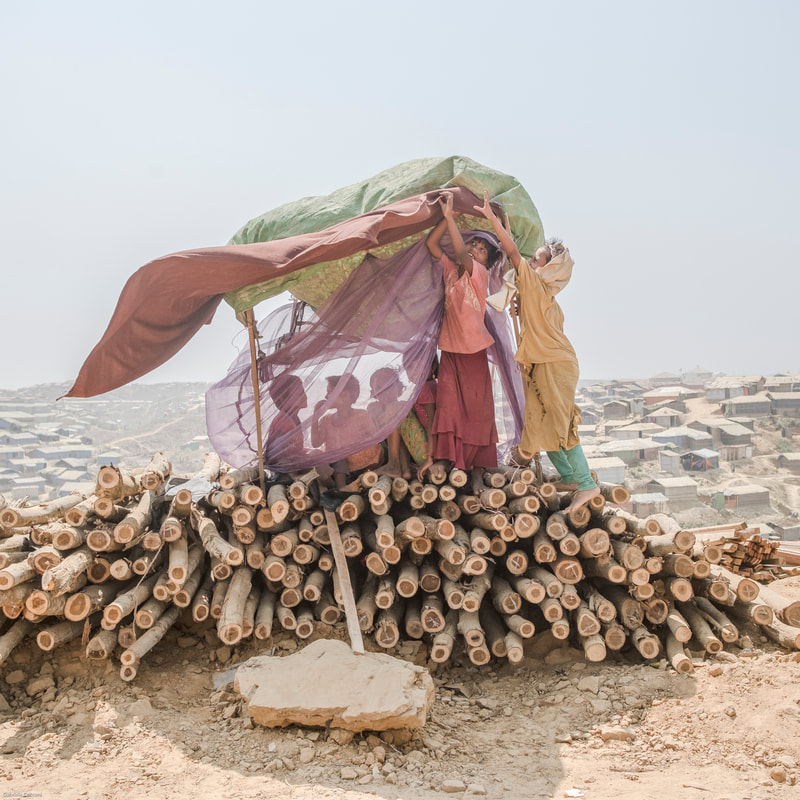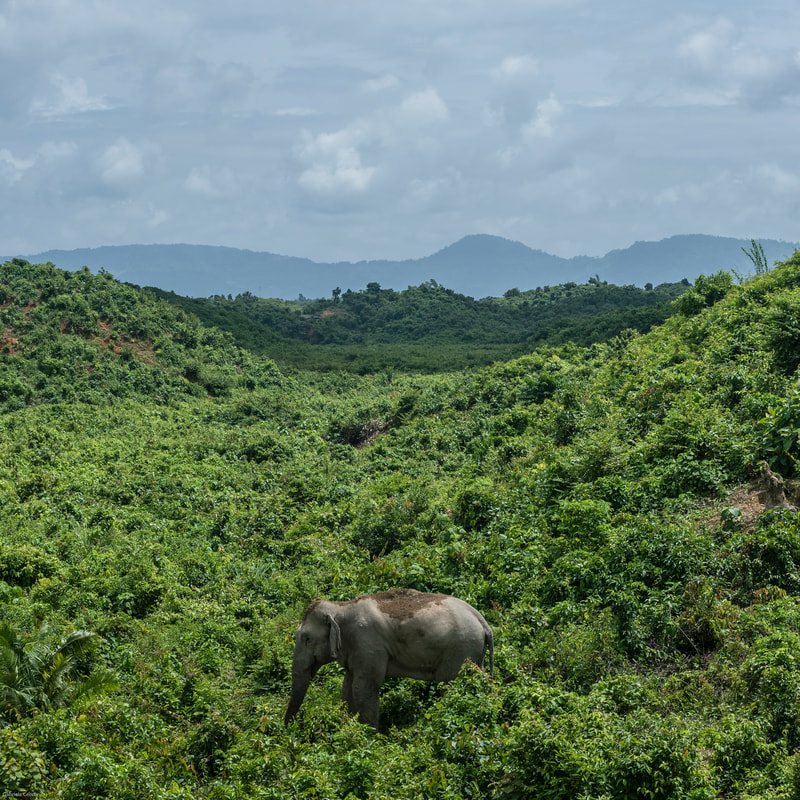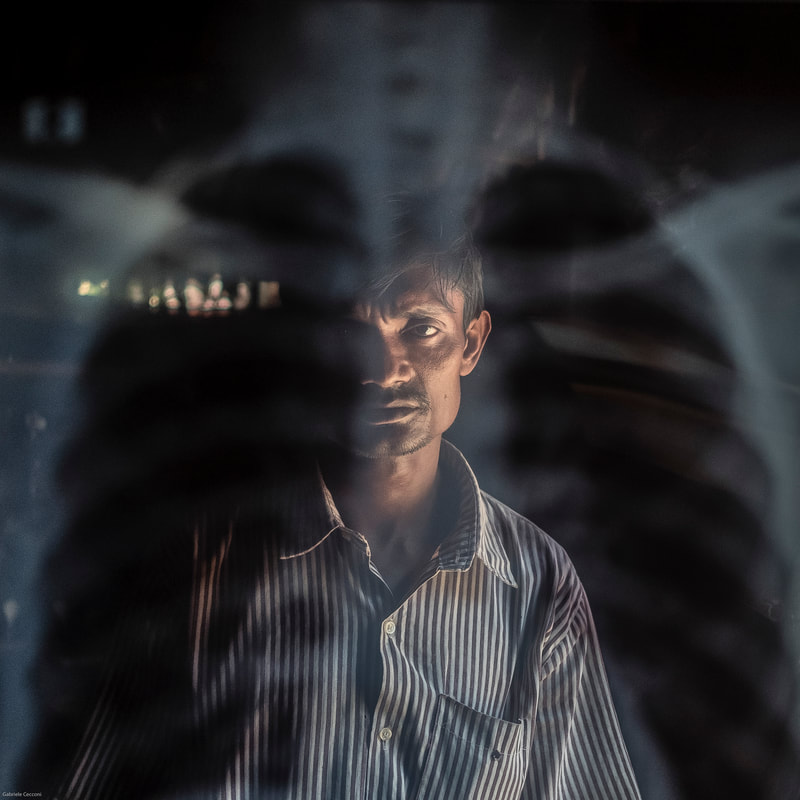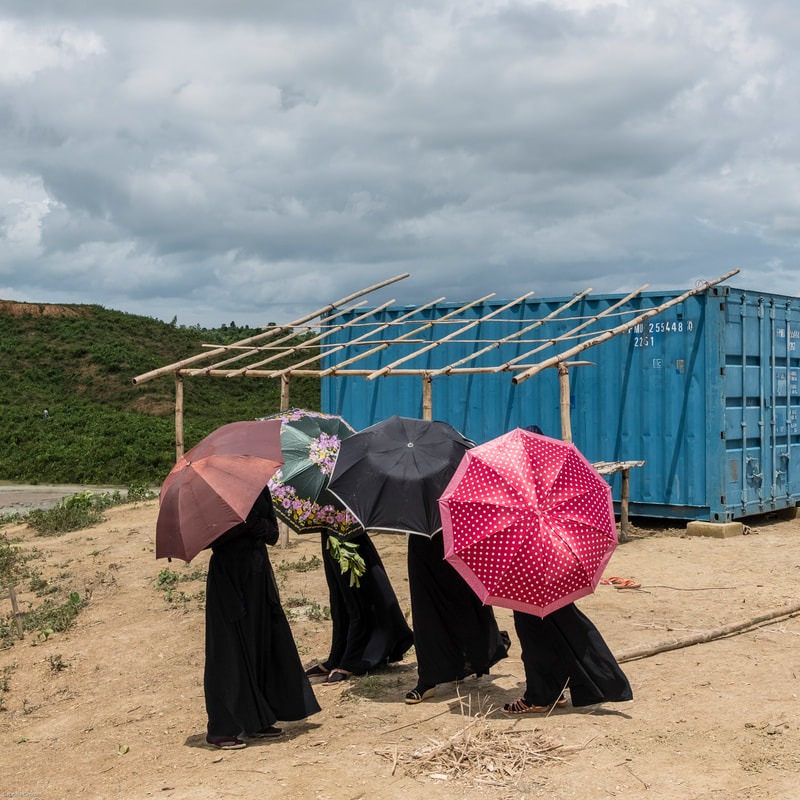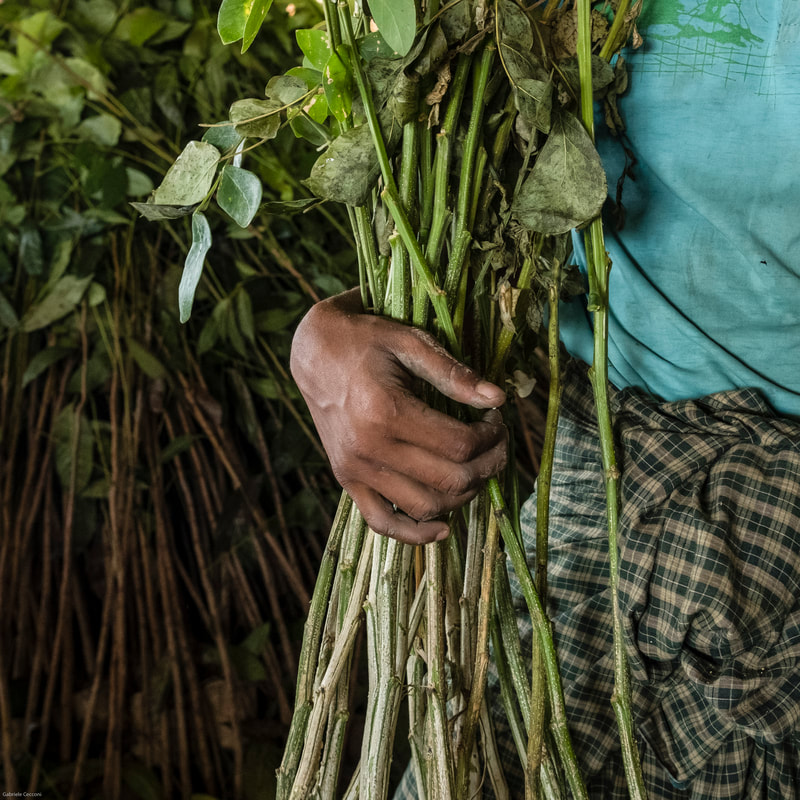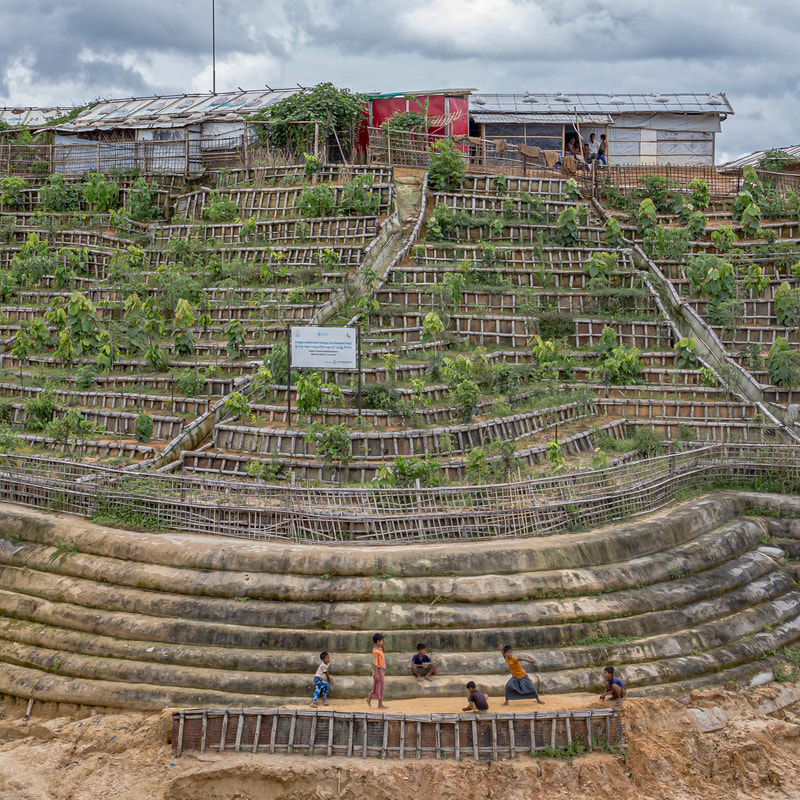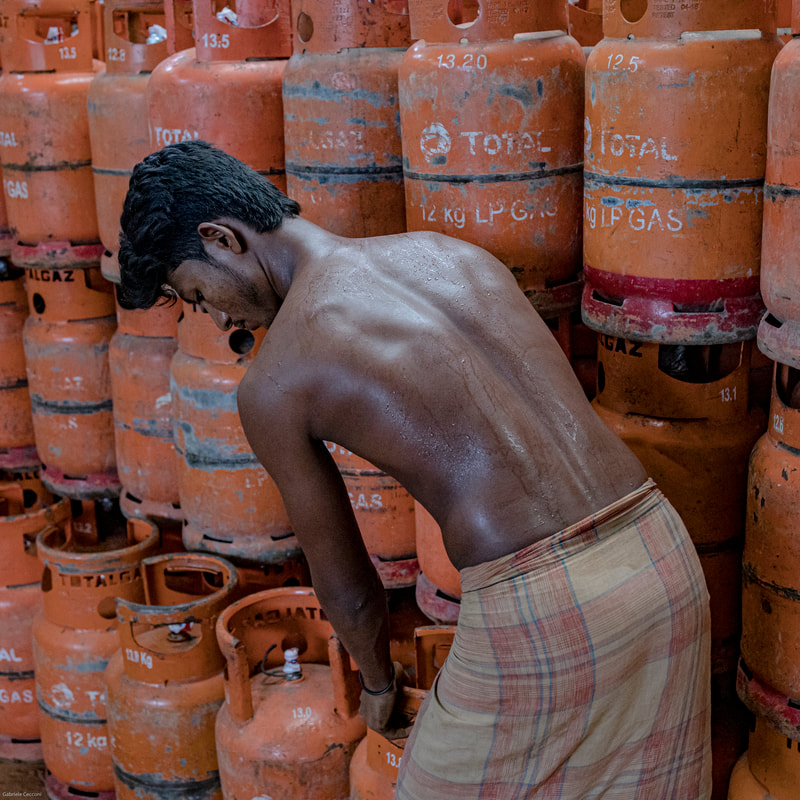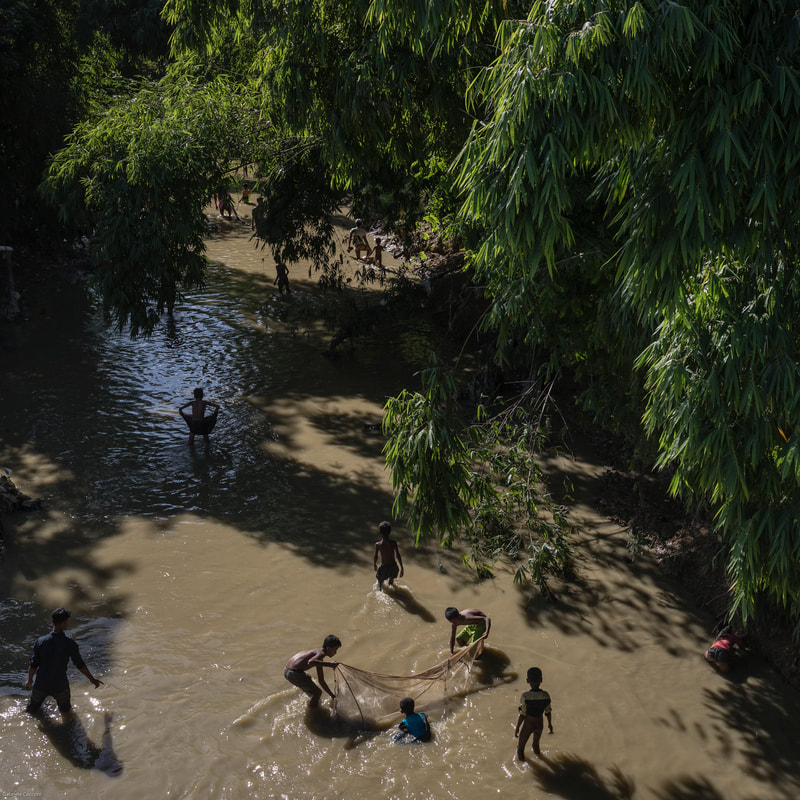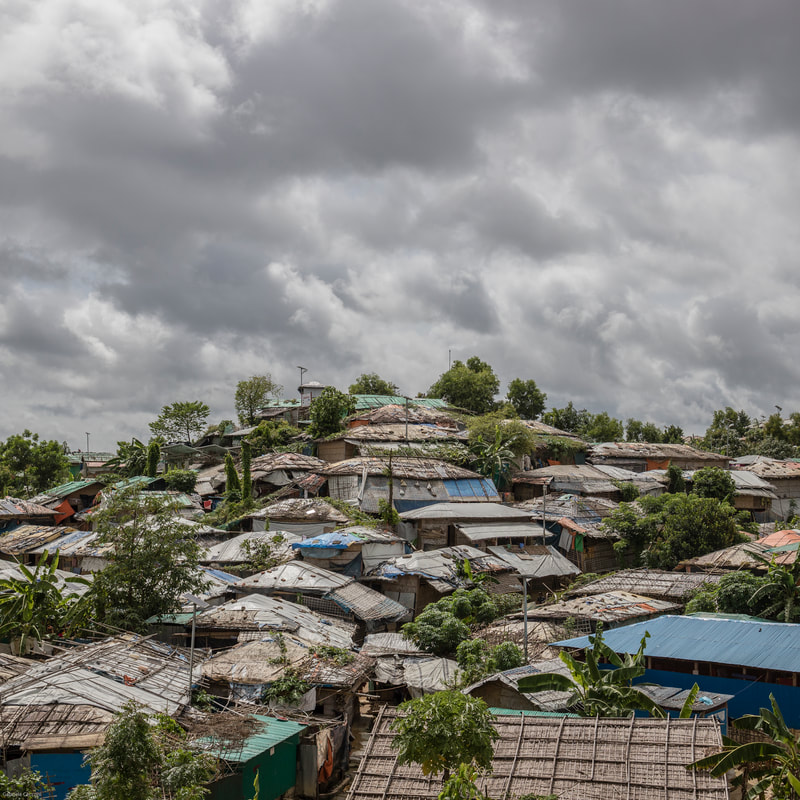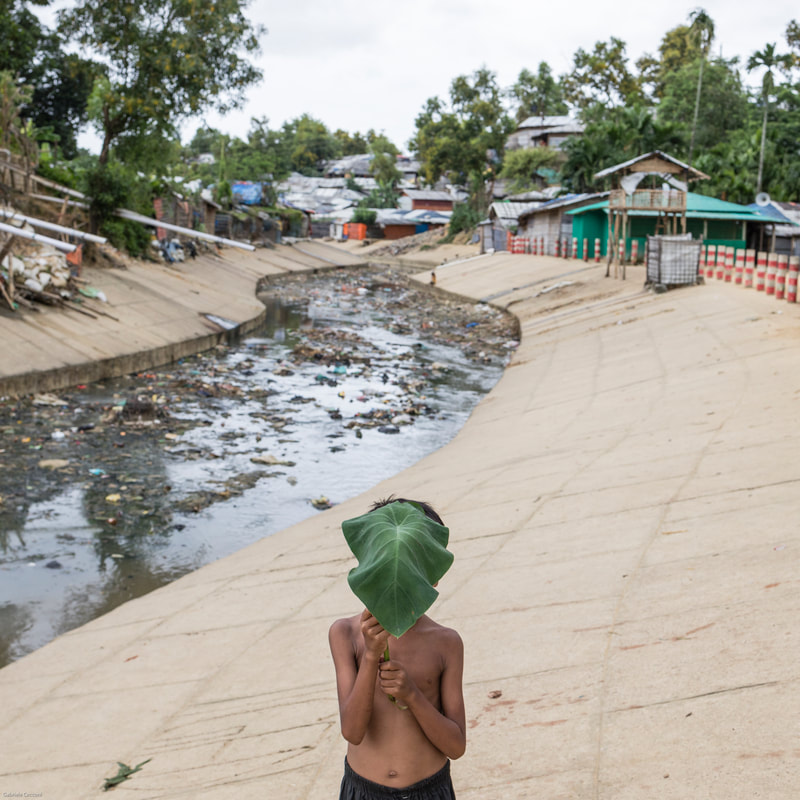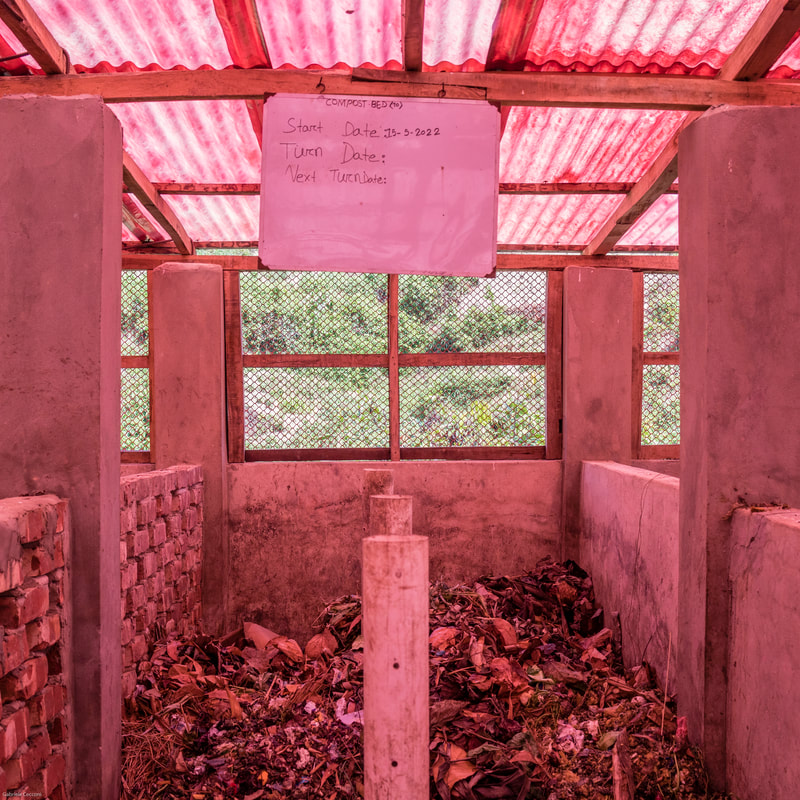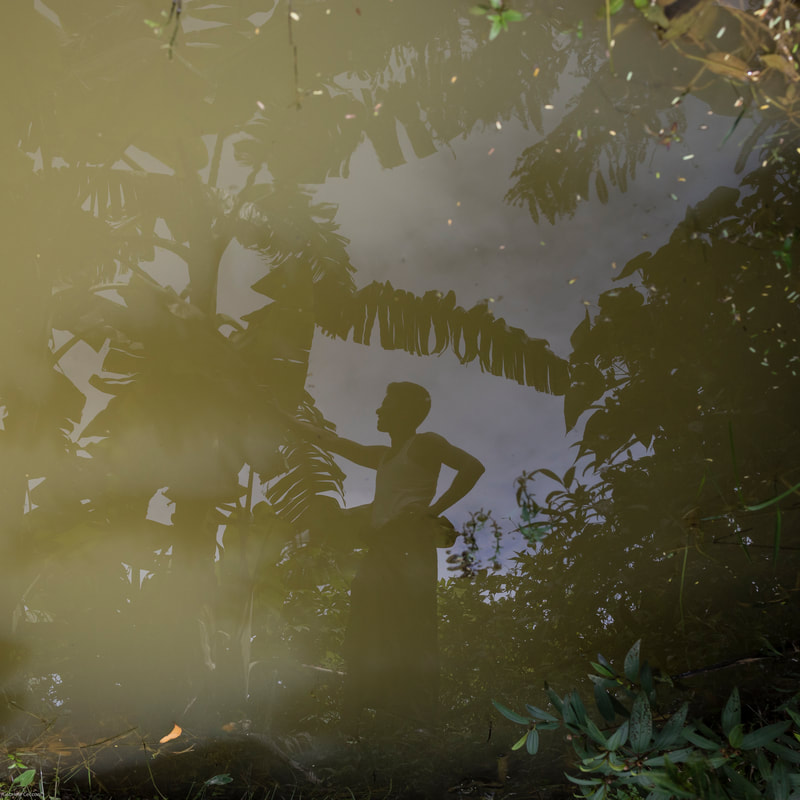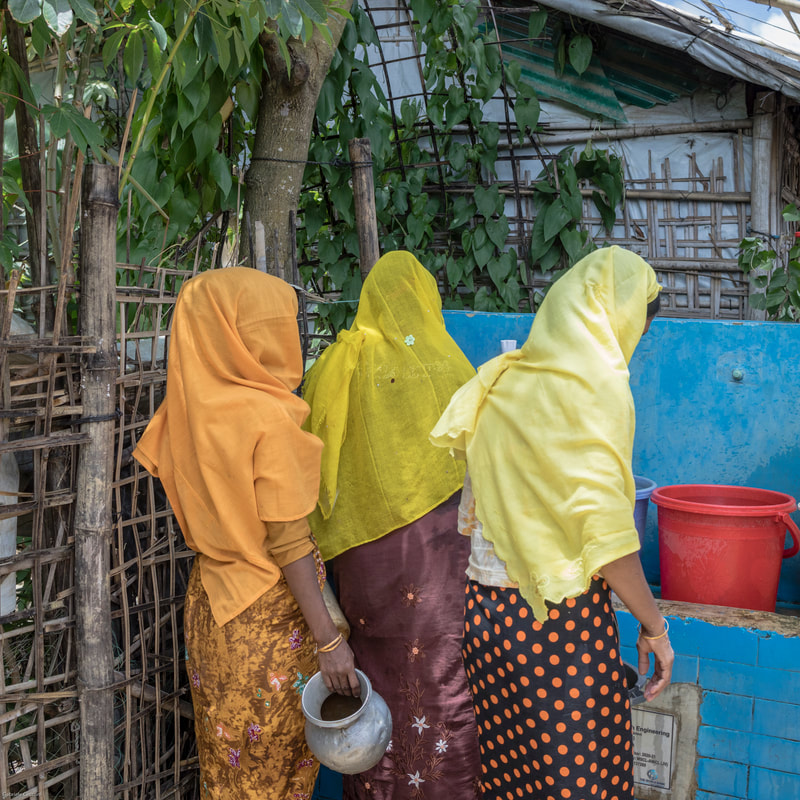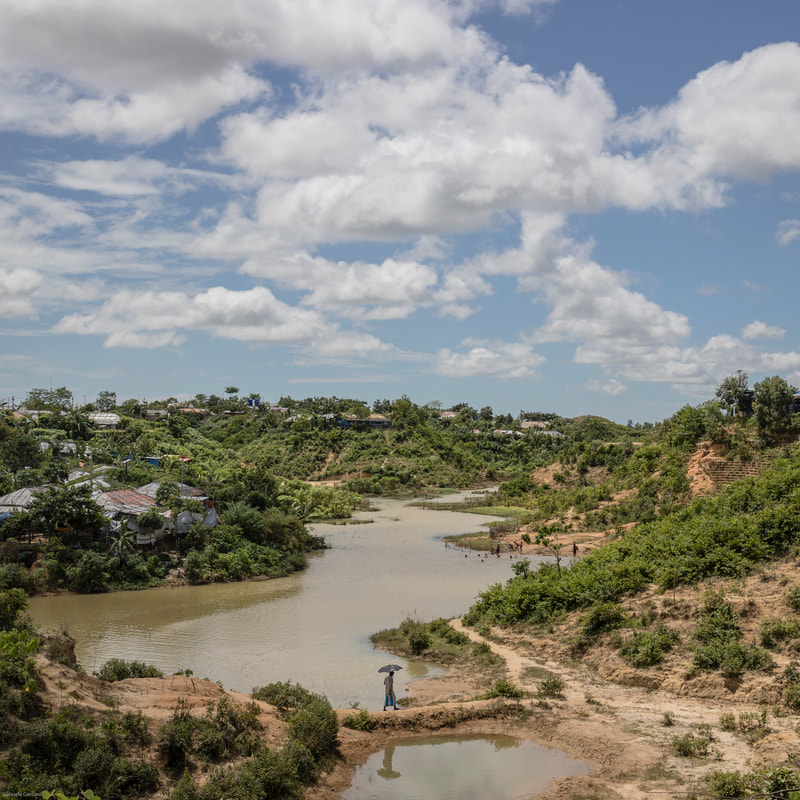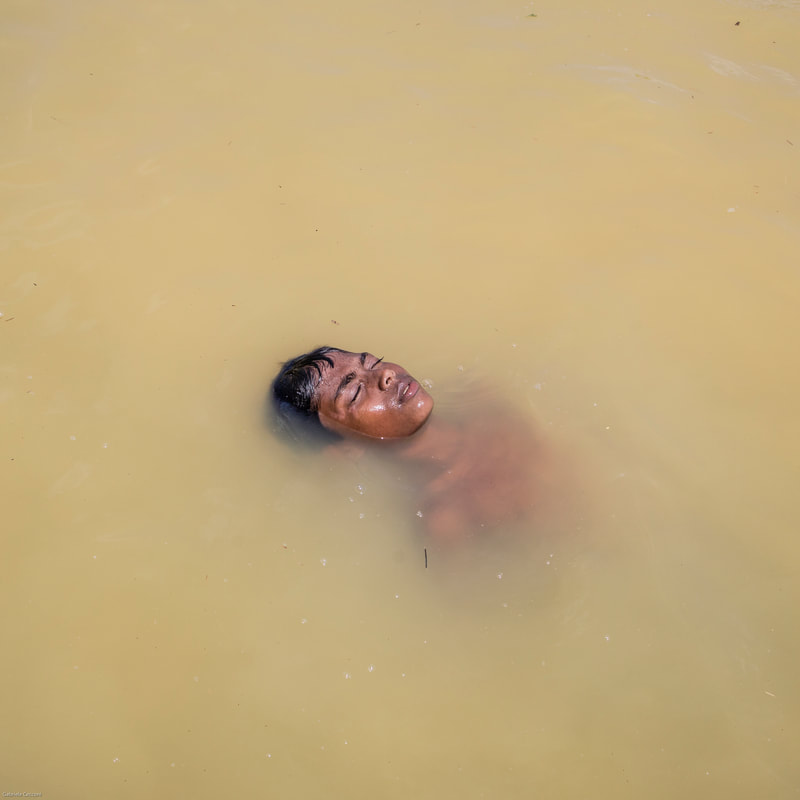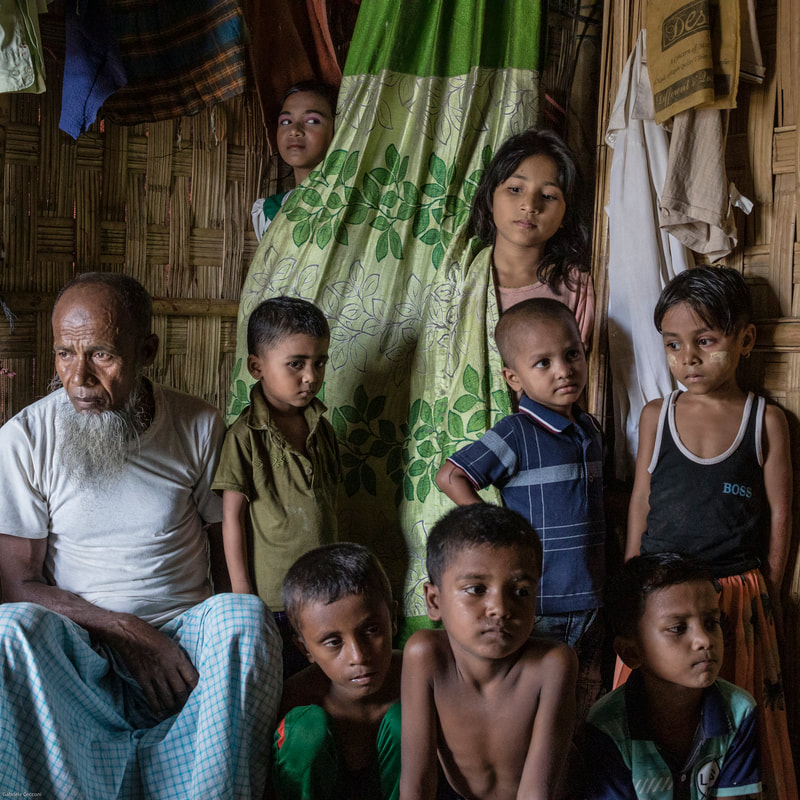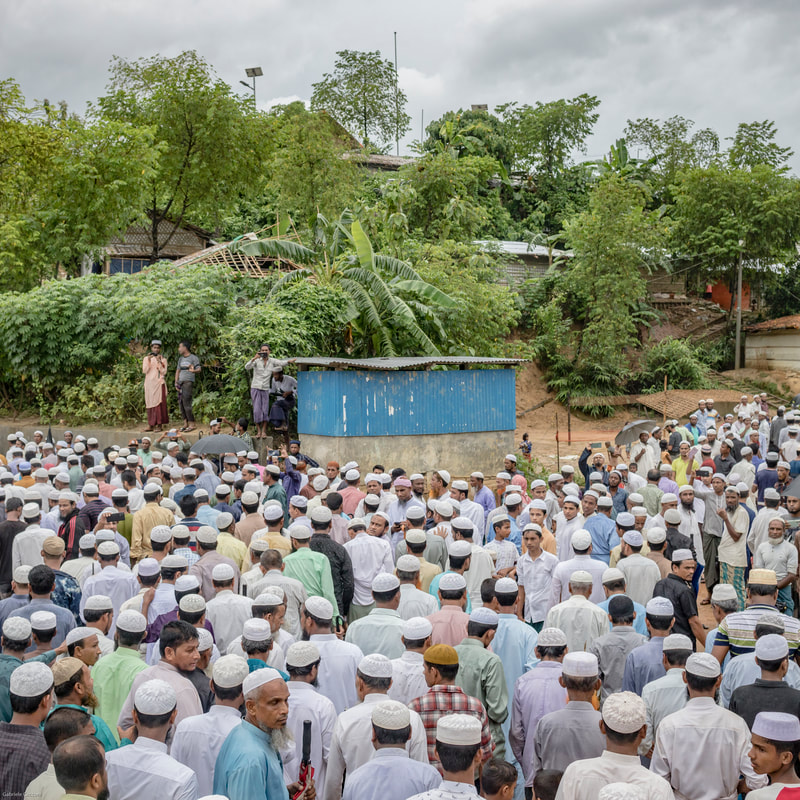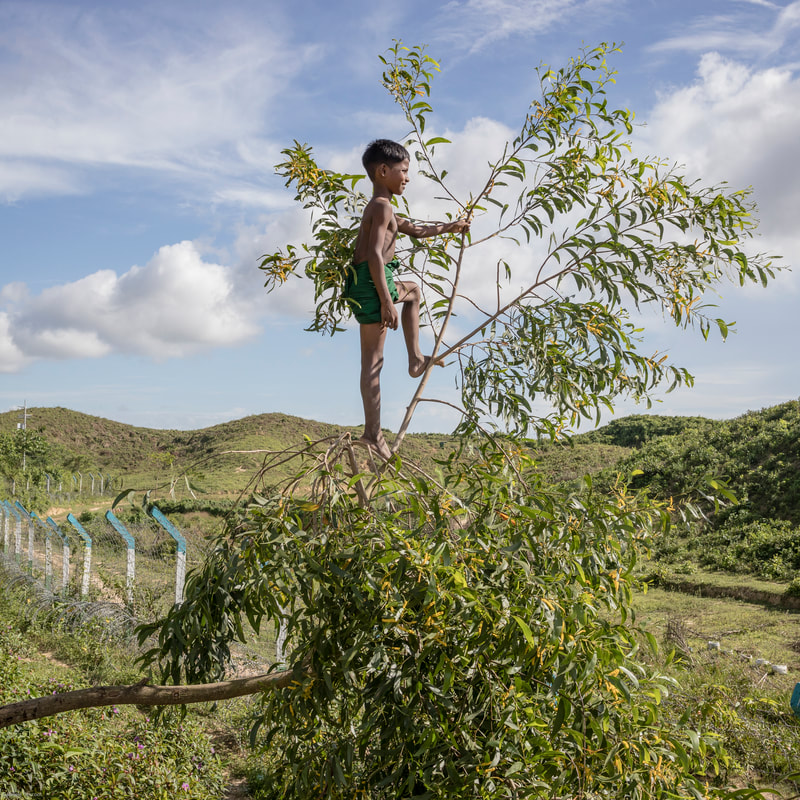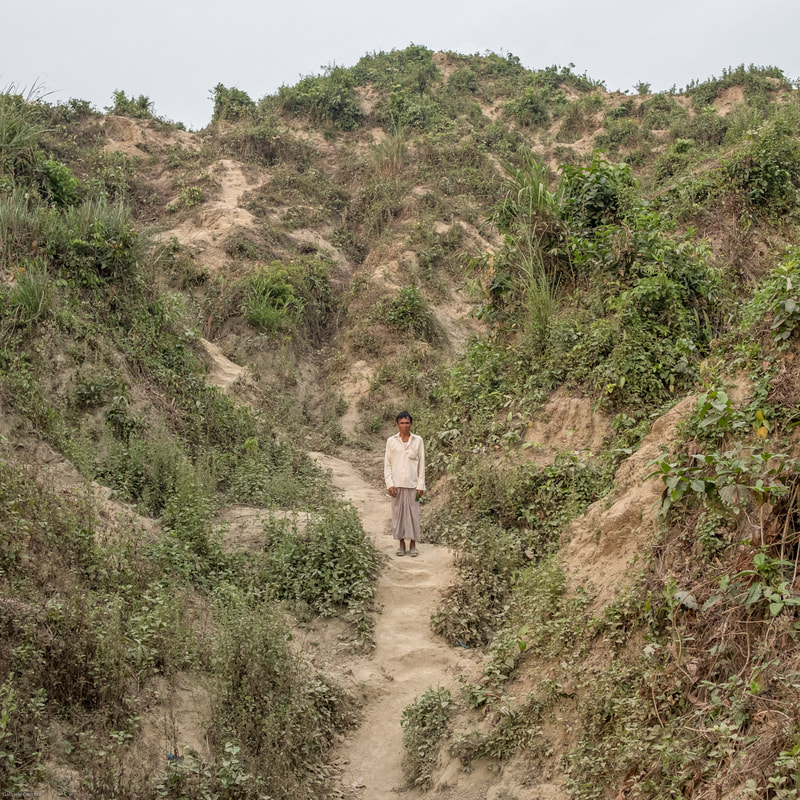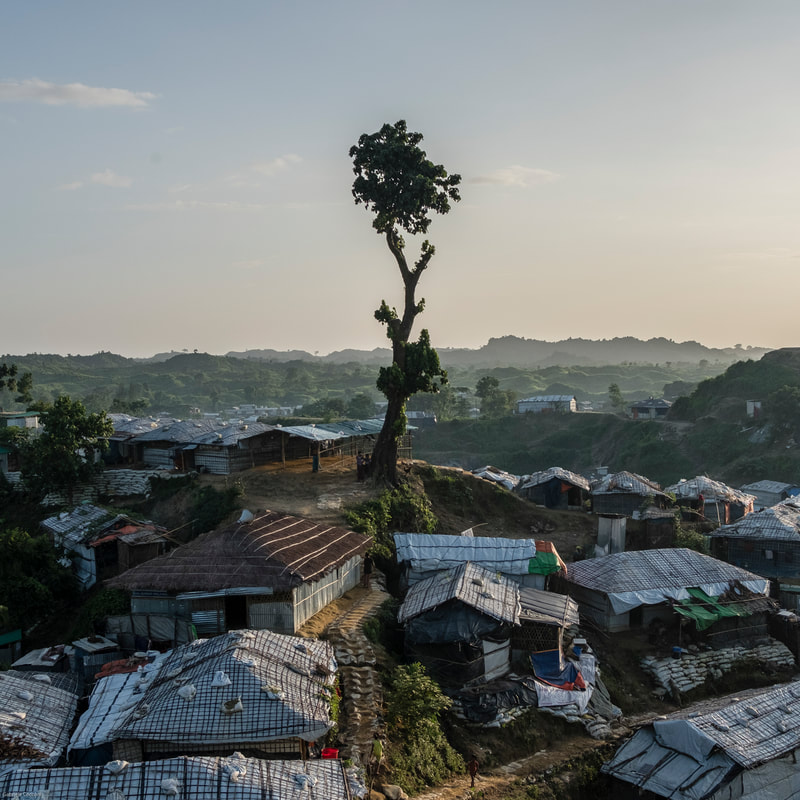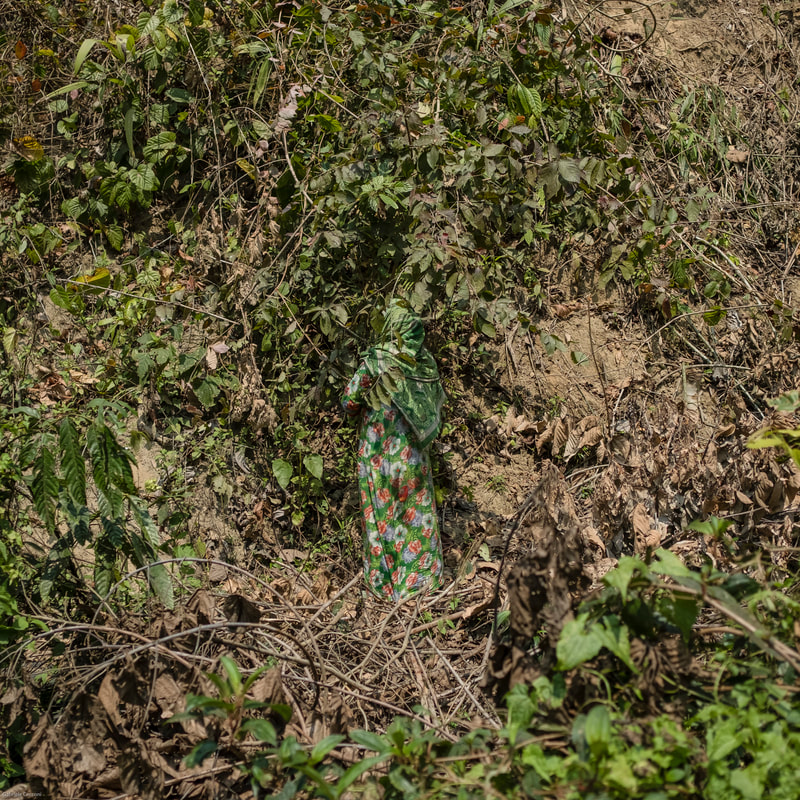THE WRETCHED AND THE EARTH
|
According to Global Trends, the UNHCR's annual statistical report, there are more than 100 million refugees in the world today, the highest number ever. In August 2017, hundreds of thousands of ethnic Rohingya flocked to Bangladesh - in the Cox's Bazar region - fleeing persecution in their home country of Myanmar. Kutupalong has become the largest refugee camp in the world in terms of the number of people present: 600,000 and more than 190,000 families, a number that grows to 860,000 if one considers the entire expansion site, which also includes the Balukhali camp. After five years, still one million refugees live in this region and, while living conditions remain precarious, the future of these families remains uncertain. This project documents the short- and long-term environmental impact of mass migration in order to understand the indissoluble relationship between humans and the environment, following two main narrative lines: people struggling to survive on precious few resources, and the impact of the refugee crisis on an already strained ecosystem. While environmental migration is usually understood as a result of the effects of climate change, what happens when it is mass migration that causes a major impact on the environment and ecosystems? During a mass migration, huge numbers of people concentrate in a relatively small area with basic needs to be met. Especially in the emergency phase of the crisis, as happened in southern Bangladesh, the pressure on an already fragile ecosystem can be unsustainable: in just a few months, water resources have degraded rapidly, the Teknaf nature reserve has lost more than 3,000 hectares due to the setting up of camps and the refugees' need to collect wood for cooking, there have been problems with local fauna and waste management, landslides and flooding during the monsoons. Five years after the influx and with little hope of a repatriation agreement between Bangladesh and Myanmar, although the humanitarian and environmental conditions remain critical, thanks to the work of international cooperation, the living conditions of the population have generally improved: camps are better organised, reforestation programmes have been implemented and infrastructure has been created to manage essential services. The ongoing environmental crisis and its management in Bangladesh - in a particularly fragile region such as Cox's Bazar and in a country among the most vulnerable to climate change in the world - is a unique case study and an acute example of the challenges posed by mass migration. |
